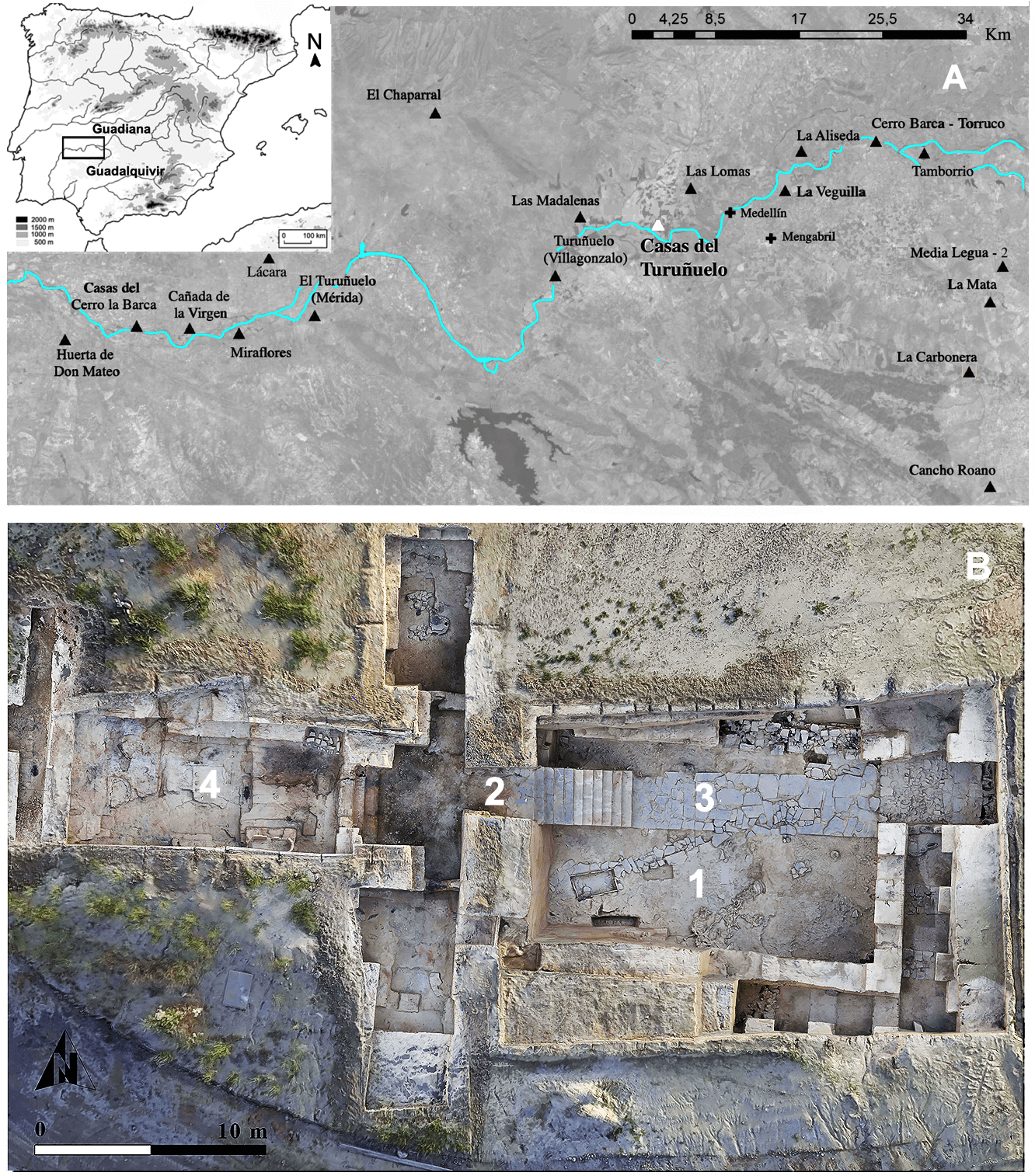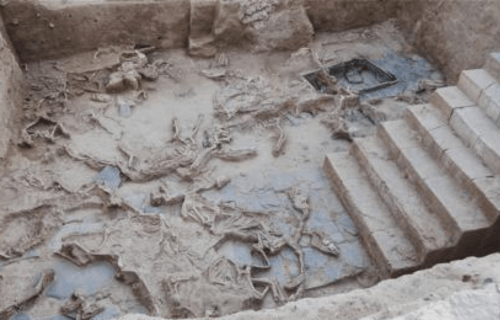BADAJOZ, Spain — Horses were frequently sacrificed during Iron Age rituals in Spain, about 2,500 years ago, according to a new study. Scientists have identified 52 slaughtered animals, including cattle, pigs, and a dog, from thousands of bones at the Casas del Turuñuelo site. A detailed analysis of over 6,700 bones, conducted by Spanish and French researchers in the Las Vegas Altas del Guadiana region, revealed evidence of mass animal sacrifices and feasting.
Maria Pilar Iborra Eres, the study’s co-author, explained that the Iron Age site of Casas del Turuñuelo was consistently used for ritualized animal sacrifices. Such archaeological sites, with significant evidence of animal sacrifices, are rare in the Iron Age Mediterranean region. The discrepancy between written sources and archaeological records complicates the understanding of these practices’ patterns and protocols.
The new study, published in the journal PLoS ONE, investigated a well-preserved example of mass animal sacrifice in an Iron Age building at Casas del Turuñuelo, dating back to the late 5th Century BC. The research team analyzed and dated 6,770 bones from 52 sacrificed animals, which were buried in three sequential phases.

These findings suggest that the site was used for several years for varied sacrificial rituals. The study helps establish details about the ritual protocols at the site, including the deliberate selection of adult animals and the role of fire, as evidenced by burnt plant and animal remains.
The researchers note that Casas del Turuñuelo also stands out for its high number of sacrificed horses compared to other sites. This research contributes to a broader understanding of ritual animal sacrifices across Europe.
“This study highlights the role of mass animal sacrifices in the context of Iron Age European societies. Zooarchaeological, taphonomic and microstratigraphic investigations shed light on animal sacrifice practices and the Tartessian ritual behavior at the Iron Age site of Casas del Turuñuelo (Badajoz, Spain),” the study authors write in a media release.
You might also be interested in:
- Europe was NOT covered by forests before humans, new study reveals
- Down bedding of the elite discovered in burial ground from the Iron Age
- Stone Age carvings are so detailed, modern animal trackers could use them today!
South West News Service writer Stephen Beech contributed to this report.

